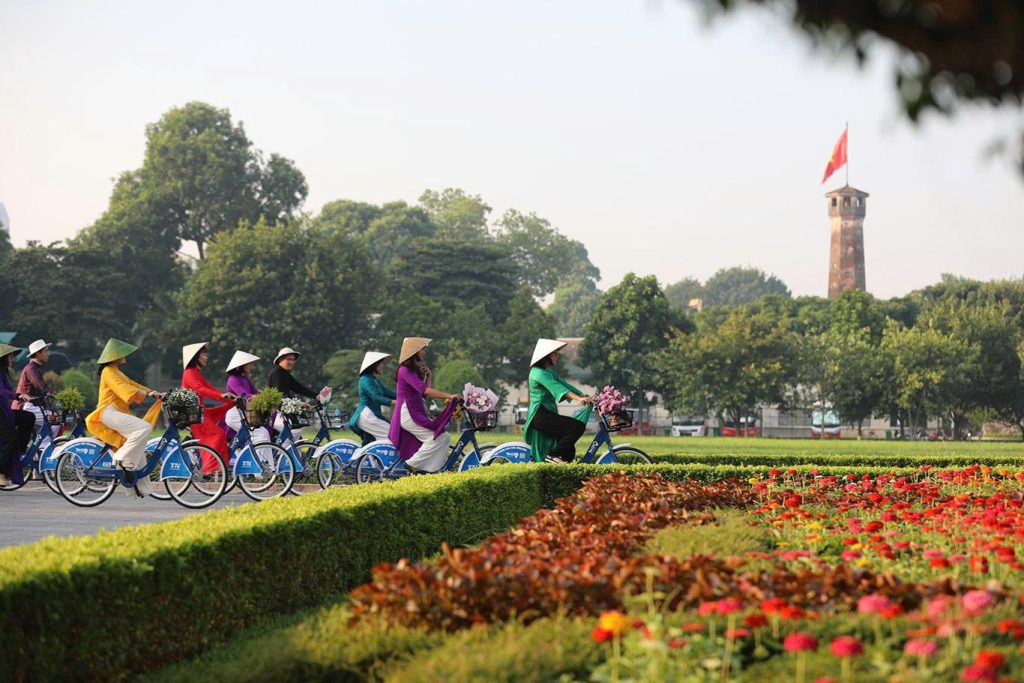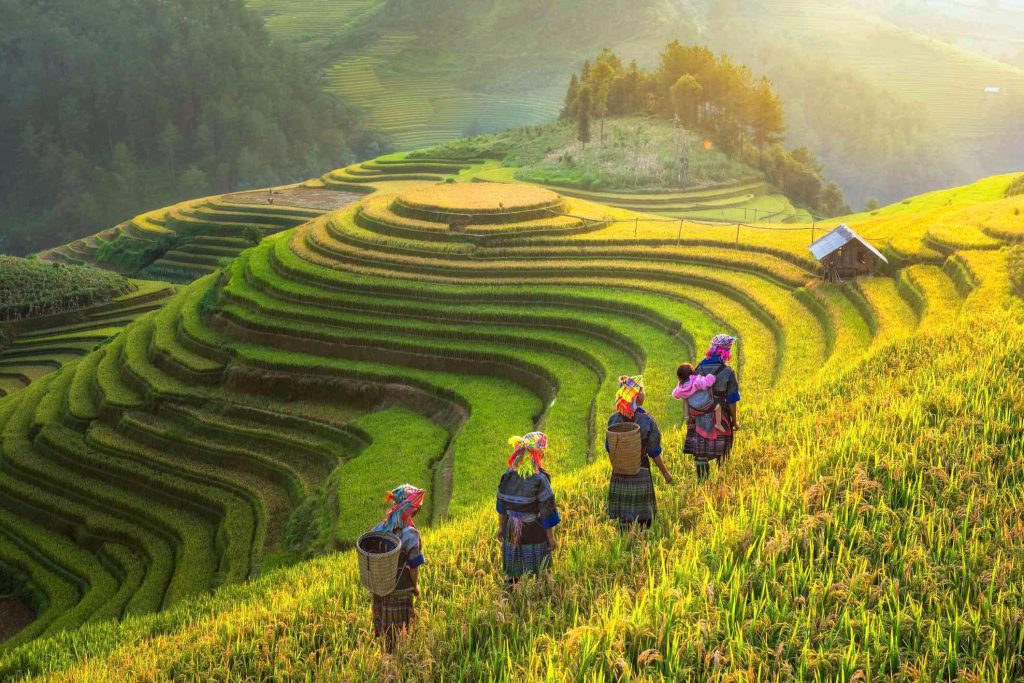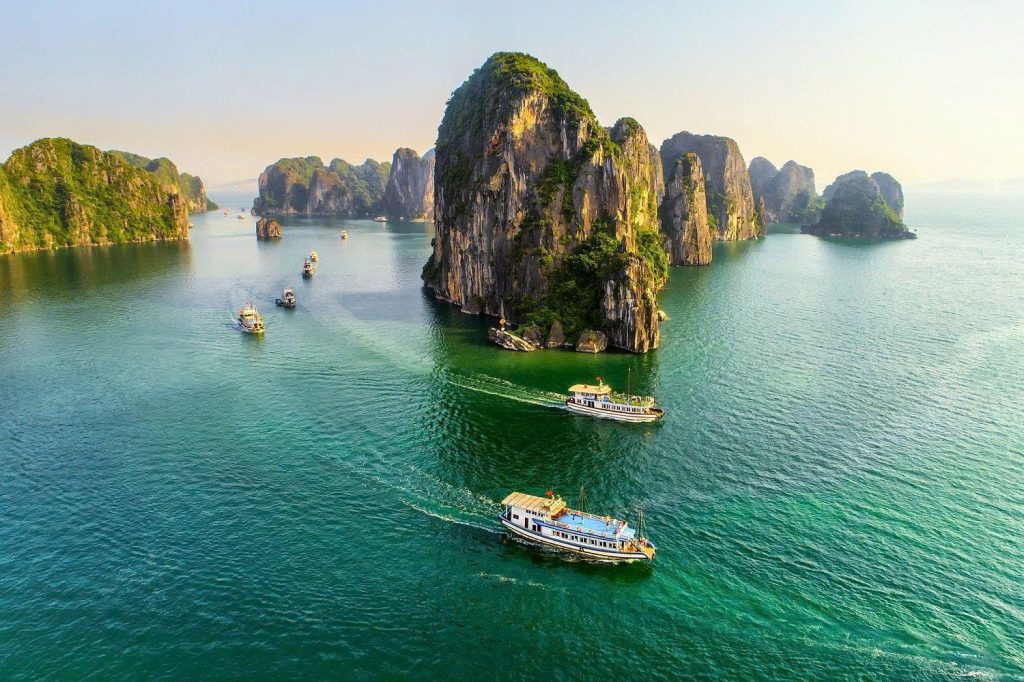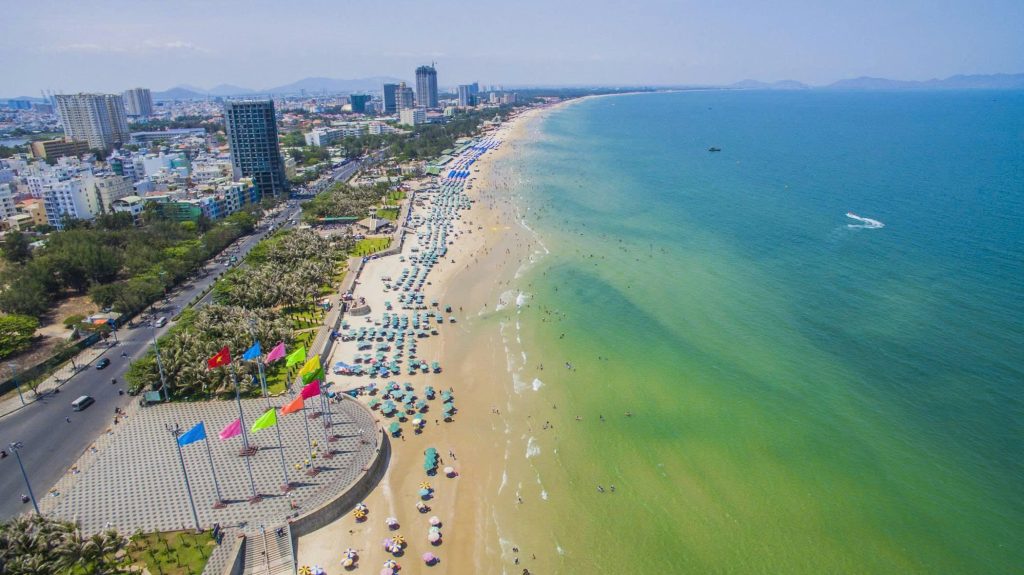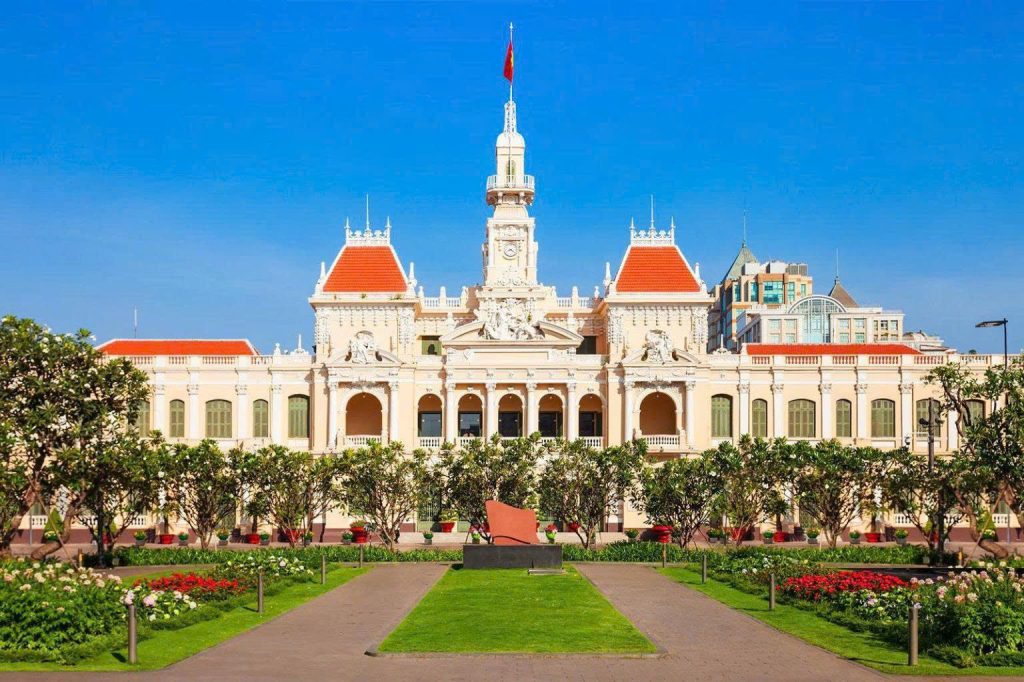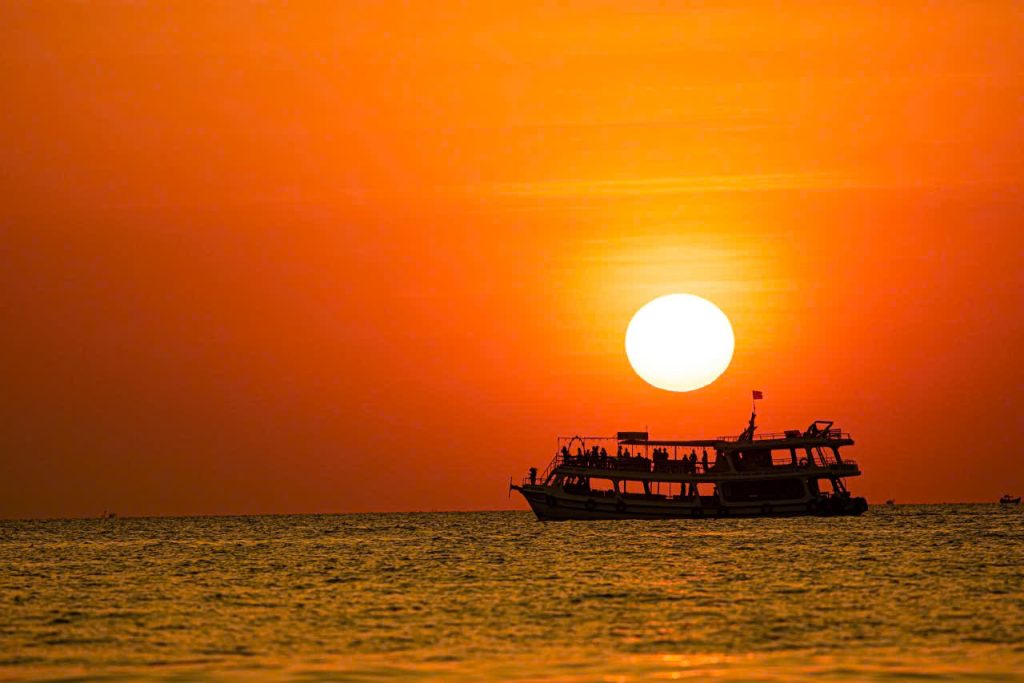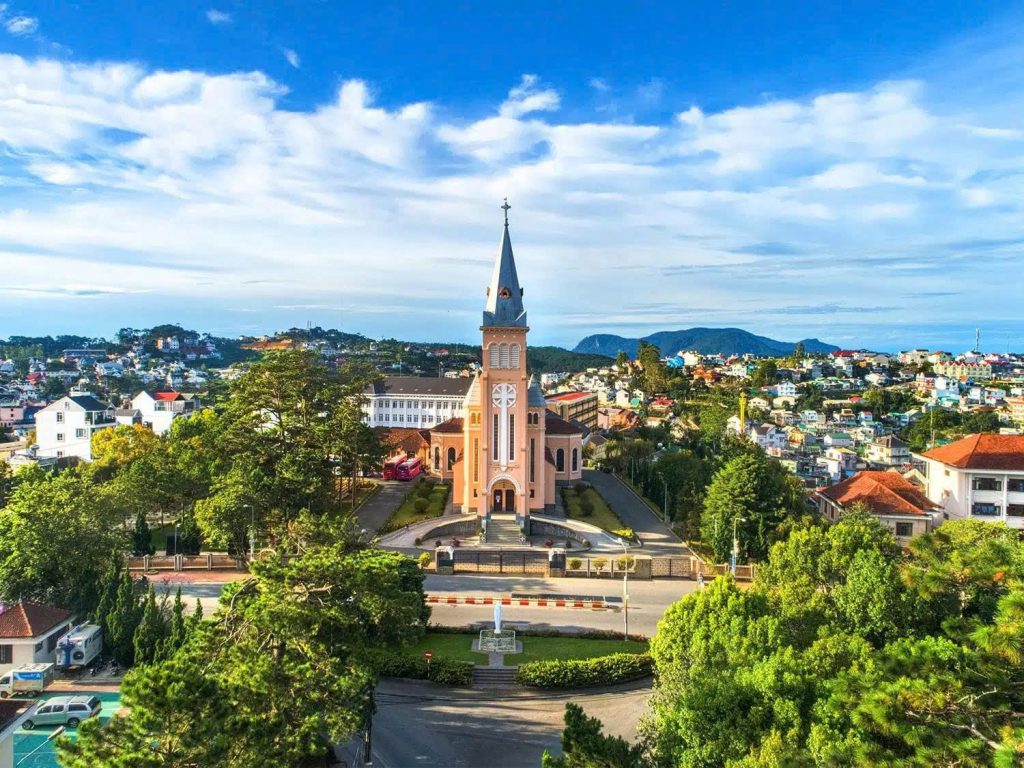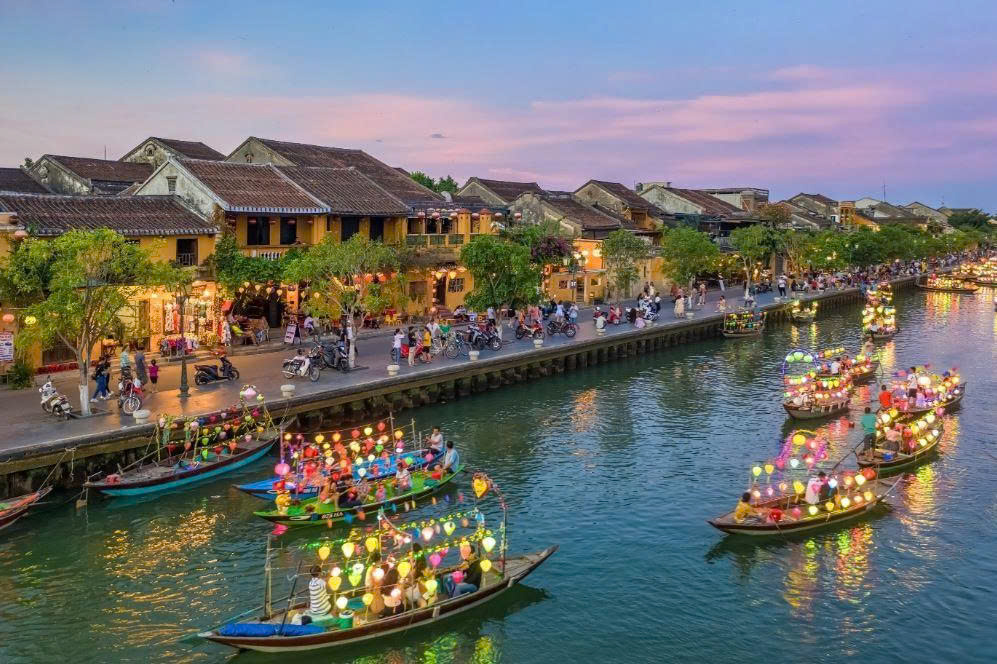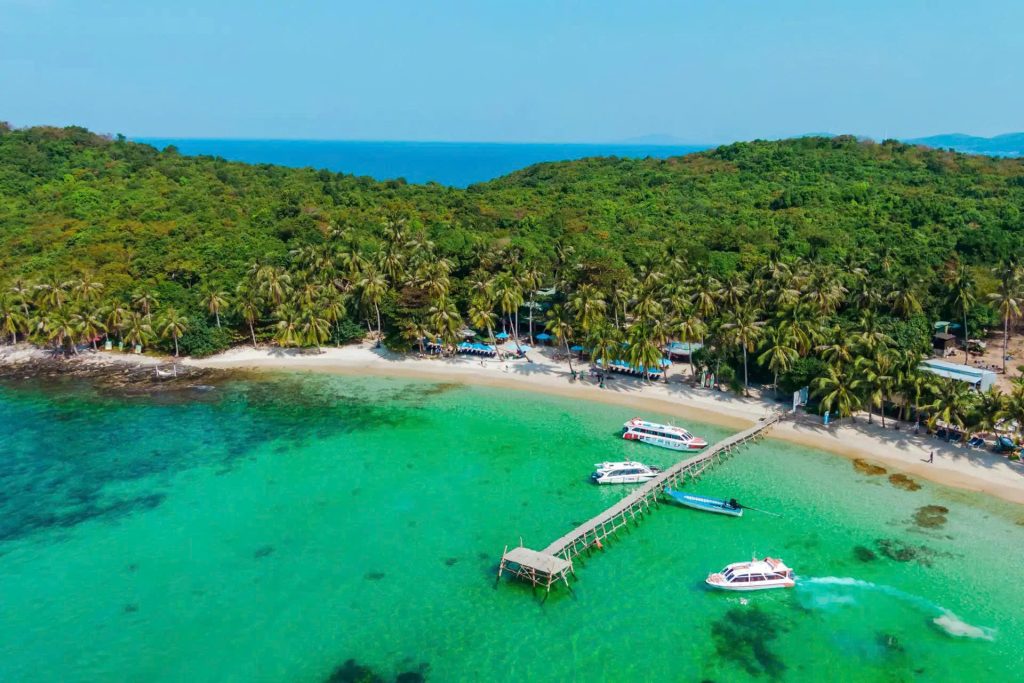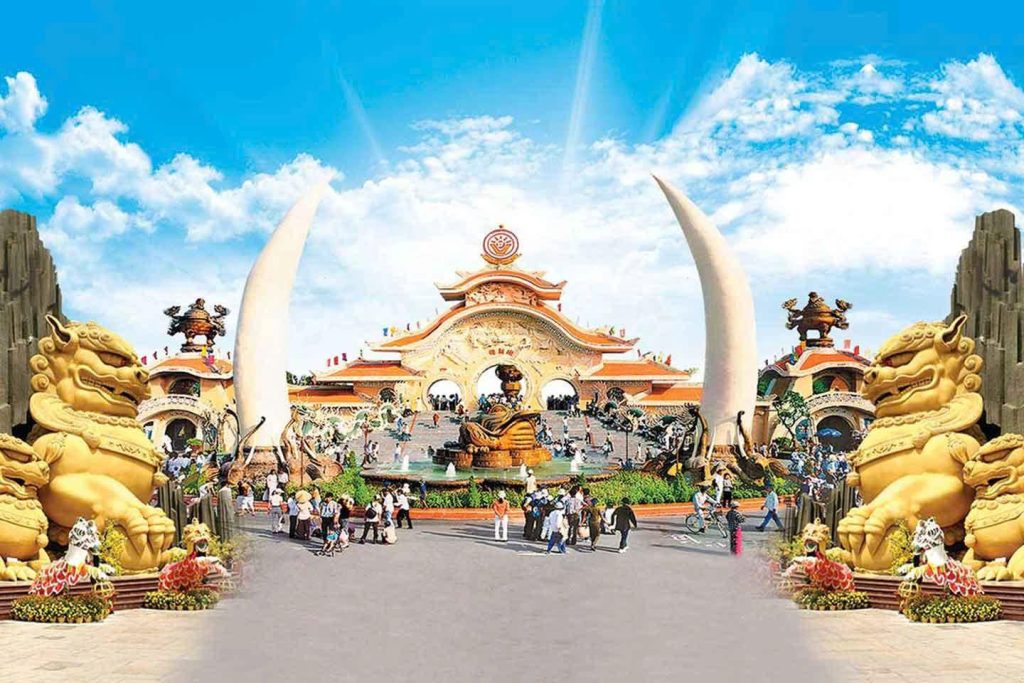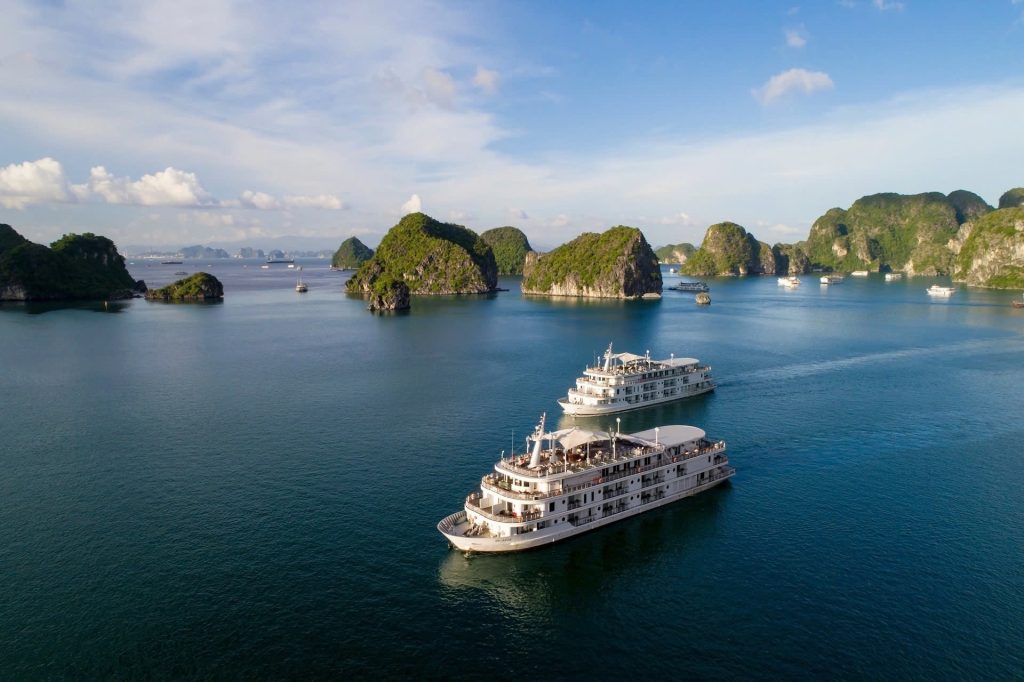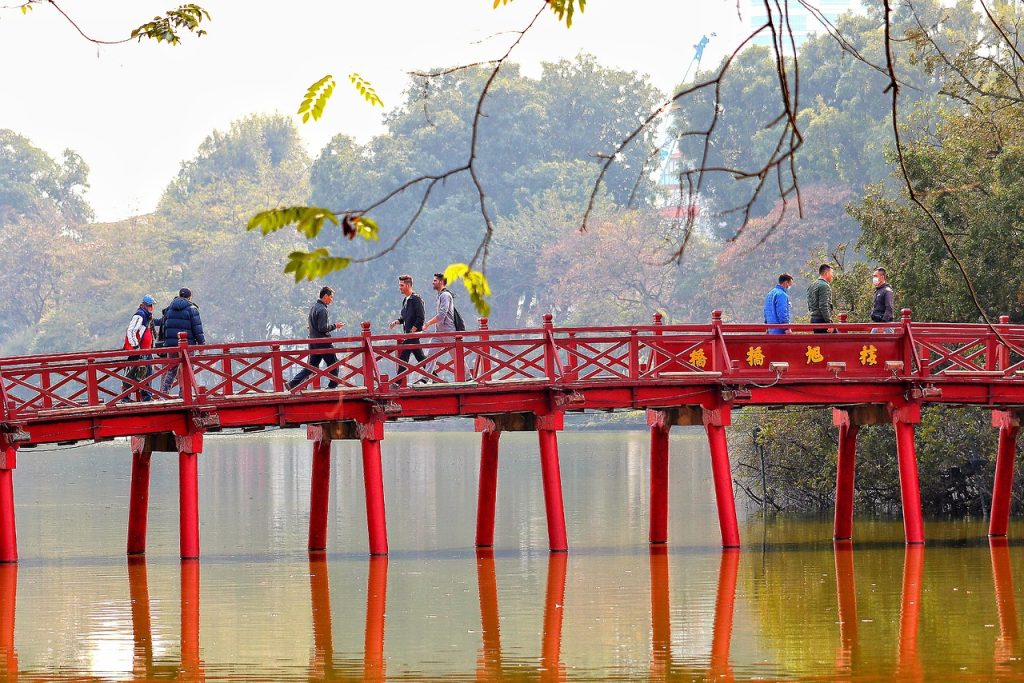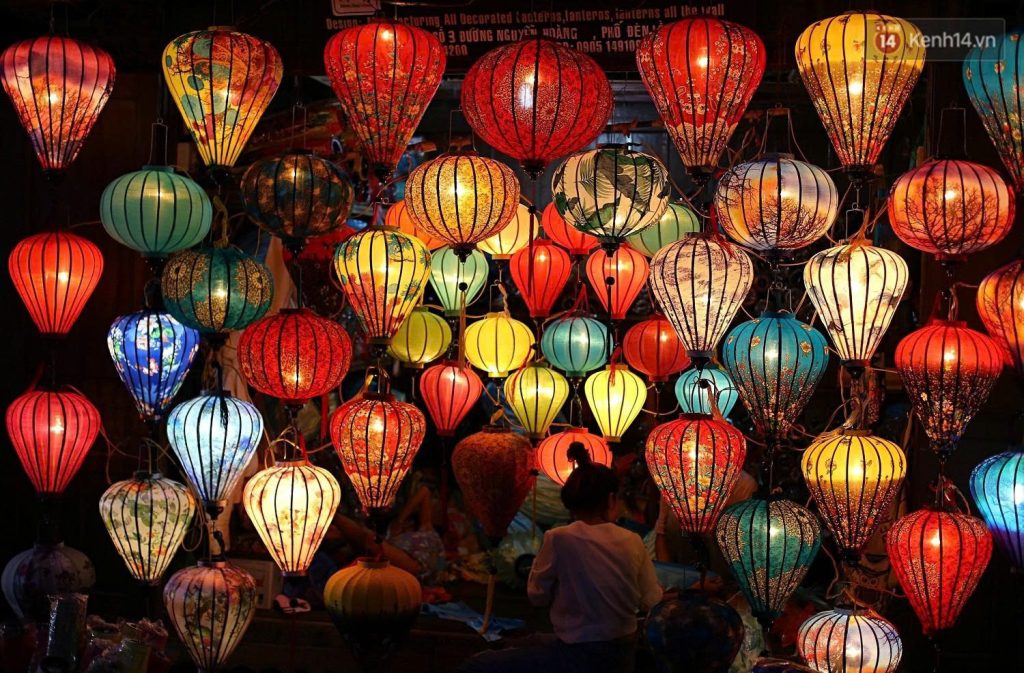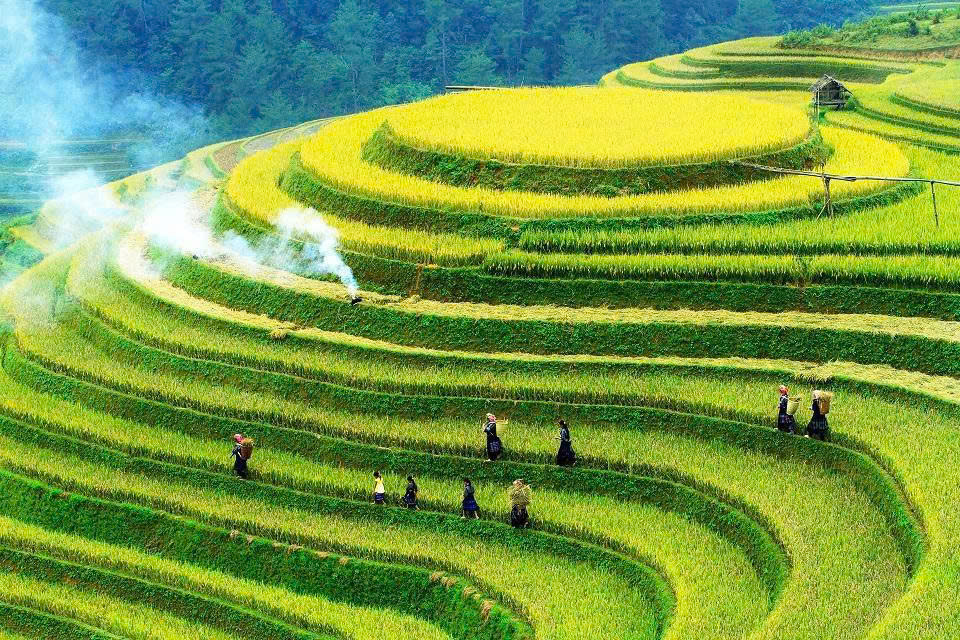September 2nd is a pivotal date for the Vietnamese people. Officially known as Vietnam National Day or Vietnam Independence Day, it’s a time of great national pride, historical reflection, and vibrant celebrations. For both locals and travelers, understanding the significance of this day and how it’s celebrated can deepen your appreciation for Vietnam’s rich cultural and historical identity.
The Historical Significance of September 2nd
To understand why this day is so important, we must look back at a defining moment in Vietnam’s history.
The Declaration of Independence of Vietnam
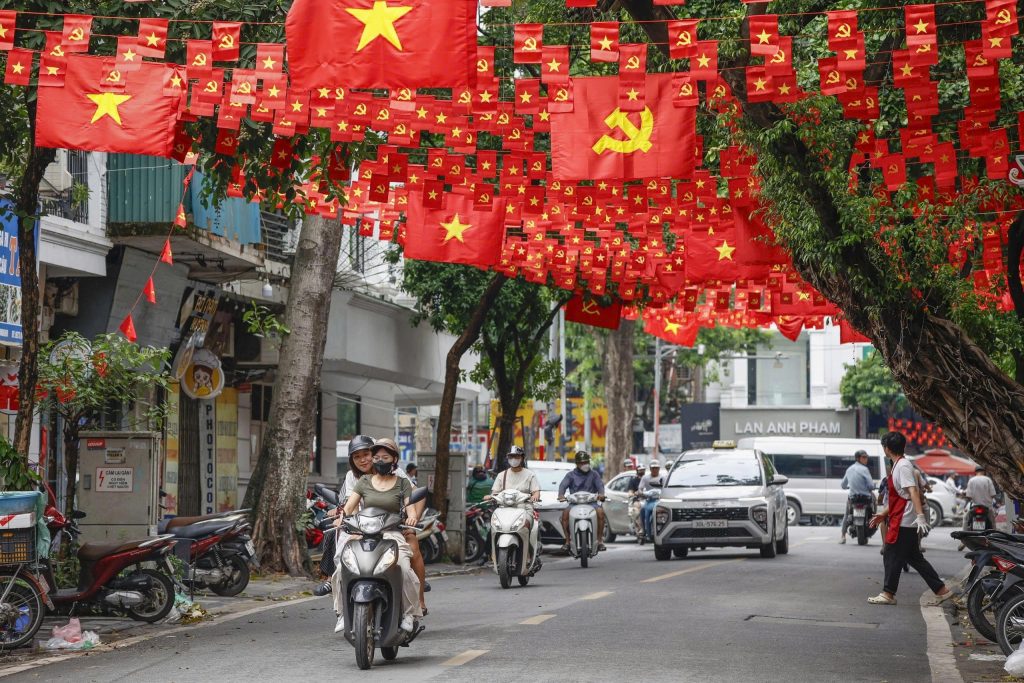
On September 2, 1945, in the heart of Hanoi, a historical event took place that would forever change the course of the nation. In Ba Đình Square, before a crowd of hundreds of thousands, President Hồ Chí Minh delivered the Declaration of Independence of the Democratic Republic of Vietnam. This declaration marked the end of centuries of feudal rule and decades of French colonialism. It was a momentous occasion that formally established Vietnam as a free and independent nation, ushering in a new era of self-governance.
The declaration was not just a political document; it was a powerful statement of a people’s unwavering spirit and a culmination of decades of struggle. The historic event was a direct result of the August Revolution in 1945, which saw the Viet Minh, a national liberation movement, seize power across the country.
The Founding of the Democratic Republic of Vietnam
The declaration brought to life a new nation, the Democratic Republic of Vietnam. While the road ahead was filled with challenges, including subsequent conflicts, September 2nd cemented its place as the nation’s symbolic birthday. This day is a reminder of the Vietnamese people’s resilience, their fight for freedom, and their determination to shape their own destiny.
How Vietnam National Day Is Celebrated Today
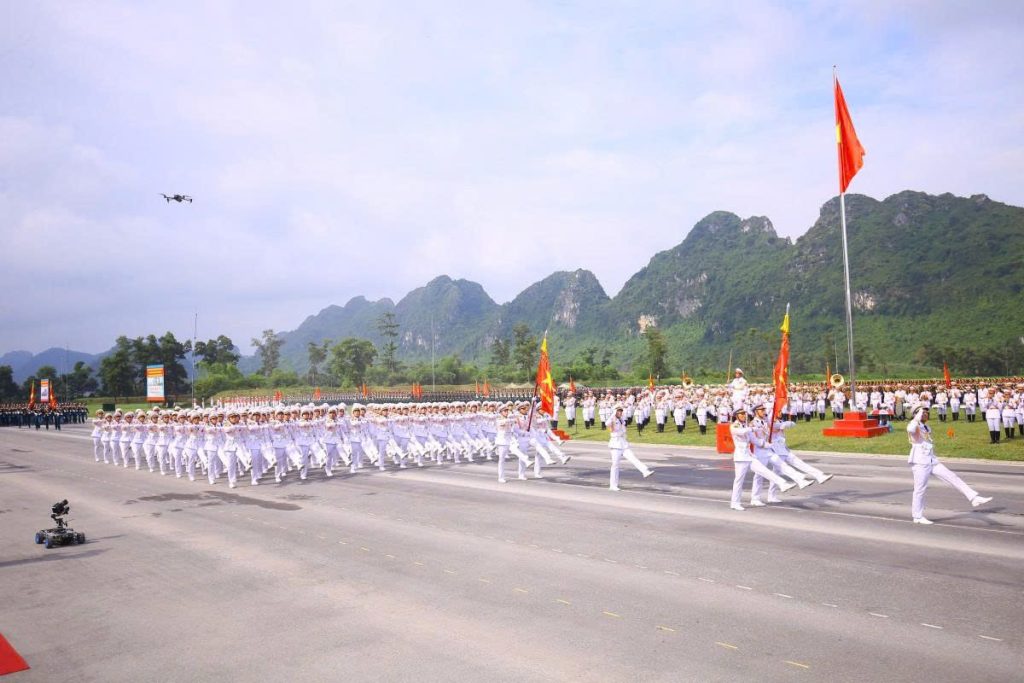
Vietnam National Day is a public holiday, giving people a chance to take a break from work, travel, and celebrate with family and friends. The celebrations vary from quiet family gatherings to large-scale national events.
Grand Ceremonies and Parades
In Hanoi, the capital, the celebrations are the most elaborate. Ba Đình Square, the very place where the Declaration was read, becomes the center of a grand ceremony. The day begins with a solemn flag-raising ceremony at the Ho Chi Minh Mausoleum, followed by a military parade and civil march. These spectacles are a powerful display of national unity and pride, attracting thousands of spectators.
In the evening, major cities like Ho Chi Minh City (formerly Saigon) and Da Nang often host spectacular fireworks displays. The skies light up with vibrant colors, and people flock to public squares and waterfronts to enjoy the show.
Cultural Events and Activities
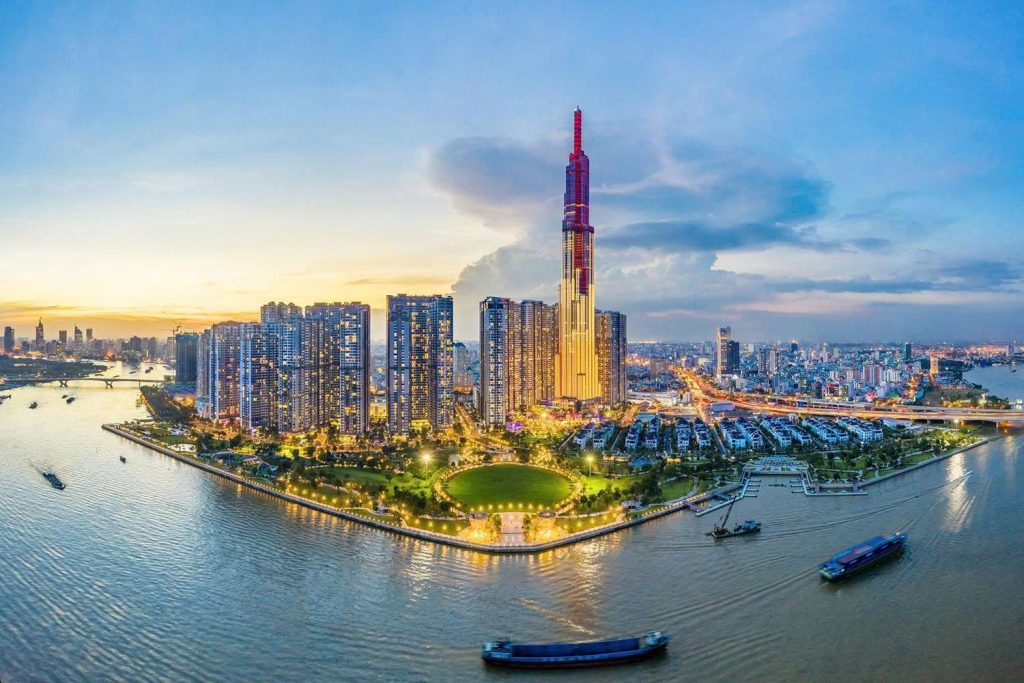
Across the country, monuments and government buildings are decorated with the national flag—a red banner with a yellow star. Streets are adorned with flags and banners.
- Visiting Historical Sites: Many people take the opportunity to visit historical sites, such as the Ho Chi Minh Mausoleum, the Temple of Literature, or the Imperial Citadel in Hue. These sites offer a deeper connection to the country’s rich past.
- Travel and Tourism: As a long weekend for many, National Day is a peak time for domestic travel. Locals often head to popular tourist destinations like Ha Long Bay, the central highlands of Da Lat, or the beaches of Nha Trang. If you’re traveling during this time, expect higher prices and larger crowds. It’s wise to book flights and accommodations well in advance.
- Family Gatherings and Traditional Food: For many families, National Day is a time to come together. Relatives gather to share traditional Vietnamese dishes and reconnect. It’s a time of joy and togetherness, blending historical reflection with modern celebration.
Practical Information for Travelers During the Holiday
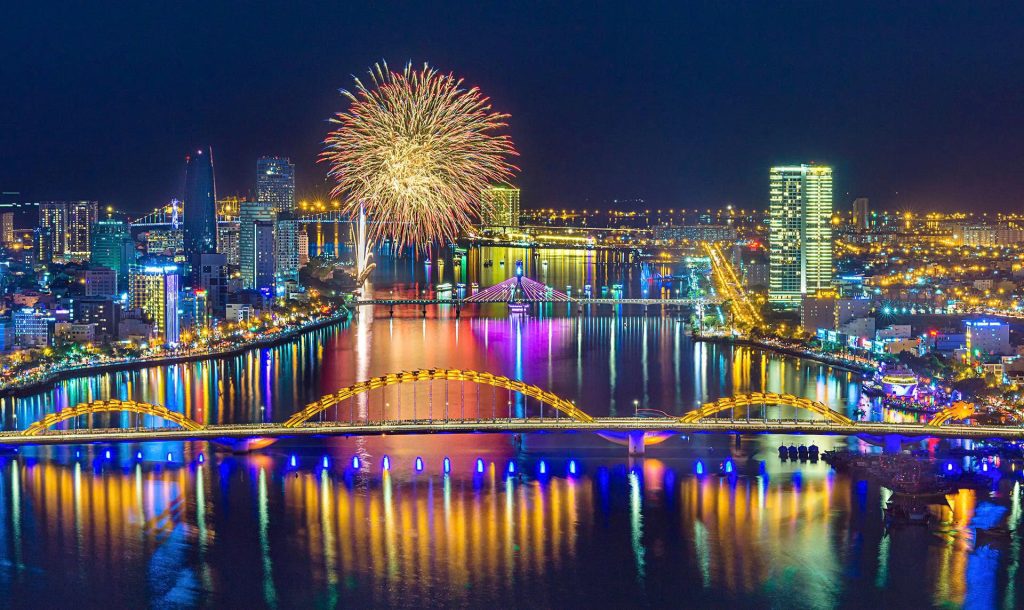
If your travel plans coincide with Vietnam National Day, here are a few tips to ensure a smooth trip.
Public Holiday and its Impact
The National Day holiday officially takes place on September 2nd, but the government often adds an extra day or two, making it a longer holiday weekend.
- Bank and Office Closures: Most government offices, banks, and some businesses will be closed during the holiday. Plan your financial transactions accordingly.
- Transportation: Expect high demand for flights, trains, and buses. Roads, especially those leading out of major cities, will be crowded. It’s best to travel early or late in the day to avoid peak congestion.
RELATED: A Definitive Guide to Vietnam Tourism: North- Central & South
Vietnam National Day is more than just a day off; it’s a testament to the country’s enduring spirit and a celebration of its hard-won freedom. Whether you’re watching the fireworks over Hoan Kiem Lake in Hanoi or simply enjoying the festive atmosphere in a small village, you’ll feel the deep sense of patriotism and pride that permeates the air. It’s a powerful experience for any traveler and a reminder of the resilience of the Vietnamese people.

